HDMI vs. MHL: Understanding the Difference Between Them
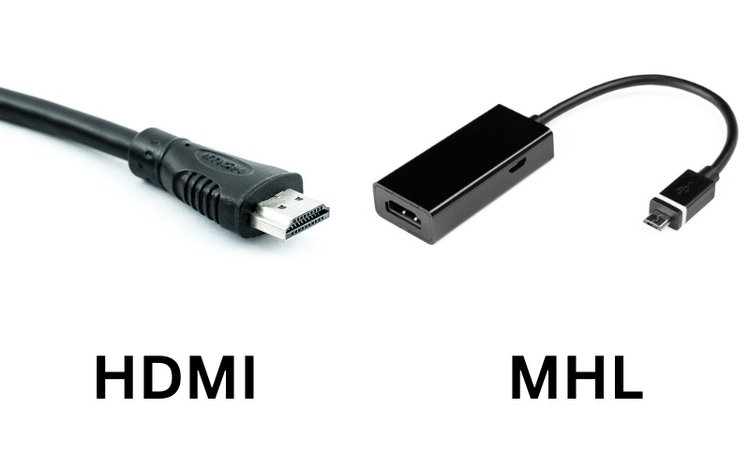
What To Know
- Both HDMI and MHL are standards for transmitting audio and video; HDMI is broadly adopted for devices up to 10K resolution and HDR10+, whereas MHL caters to mobile devices with up to 8K resolution.
- MHL requires specific connectors (like Micro USB, USB Type-C, or HDMI type A but not all HDMI Type A support MHL); check compatibility on the official MHL website.
- While HDMI offers higher resolutions, refresh rates, and bandwidth, MHL uniquely provides power charging for phones up to 40 Watts.
You’ve seen a lot of MHL cables for sale online that can connect your smartphone, tablet, etc., to your TV, but how do these cables differ from standard HDMI ones?
In this article, we’ll explore the key differences between HDMI and MHL, and how they’ll affect your entertainment setup, video quality, audio, and more!
Quick Navigation
1. Definition
Before we can discuss these two specs, it’s essential to understand precisely what they are and what they’re used for.
HDMI
HDMI (or High Definition Multimedia Interface) is one of the most widely-used audio/visual standards. It transmits audio and video signals between two or more HDMI-compatible devices.
For instance, you may use an HDMI cable to connect a laptop or a soundbar to a TV.
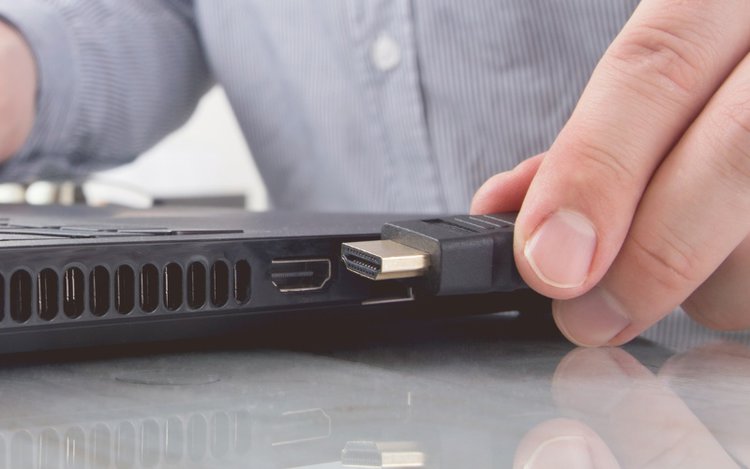
Using an adapter, you can also connect a device without an HDMI port to an HDMI-supported TV.
Not only is HDMI easy to use, but it’s also highly effective as it supports most modern video qualities (1080p, 4K, 8K, or even 10K) as well as multi-channel surround-sound audio.
MHL
MHL (or Mobile High-Definition Link) is an adapted version of HDMI for mobile devices.
MHL-compatible cables typically feature a smartphone/tablet-supported connector on one end and an HDMI (Type A) connector on the other.

While MHL and HDMI connectors may look similar, they are not the same. They support different functions, resolutions, and so on.
MHL cables are adapted to work with portable consumer electronics, allowing you to connect your smartphone to your TV without an HDMI adapter.
2. Working Mechanism
Both HDMI and MHL use TDMS (Transition-Minimized Differential Signaling) technology as the main communication channel (besides HDMI DDC and CEC, and MHL CBUS) to transmit encrypted video and audio signals.
3. Connectors
Let’s learn which connectors are used for HDMI and MHL!
Source Connectors (Input Source Device)
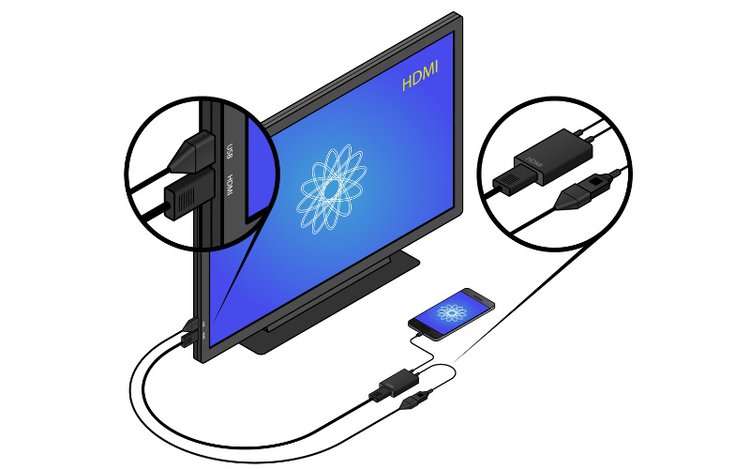
|
HDMI |
MHL |
|
|
Some source devices may have one of the listed connectors, but not be MHL-compatible (which means they can’t transmit audio-visual signals). You can confirm your device’s MHL compatibility by searching for it on the official MHL website.
Sink Connectors (Display)
|
HDMI |
MHL |
|
|
Not all HDMI type A connectors are MHL-compatible, they need to have “MHL” inscribed next to the “HDMI” text to be MHL-supported.
4. Available Versions
An HDMI cable’s version will usually determine its transmissibility (the maintainability of the input’s resolution, refresh rate, bandwidth, etc. to the output).
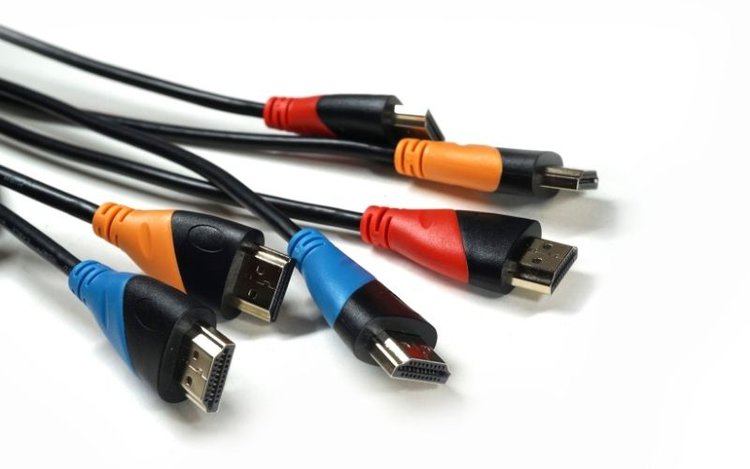
For instance, if your display supports 8K, but the cable does not, you will not be able to watch videos in 8K.
The same can be applied to MHL.
HDMI
- HDMI 1.0
- HDMI 1.1
- HDMI 1.2/1.2a
- HDMI 1.3/1.3a
- HDMI 1.4/1.4a/1.4b
- HDMI 2.0/2.0a/2.0b
- HDMI 2.1/2.1a
You can learn more about HDMI versions and the difference between them here.
MHL
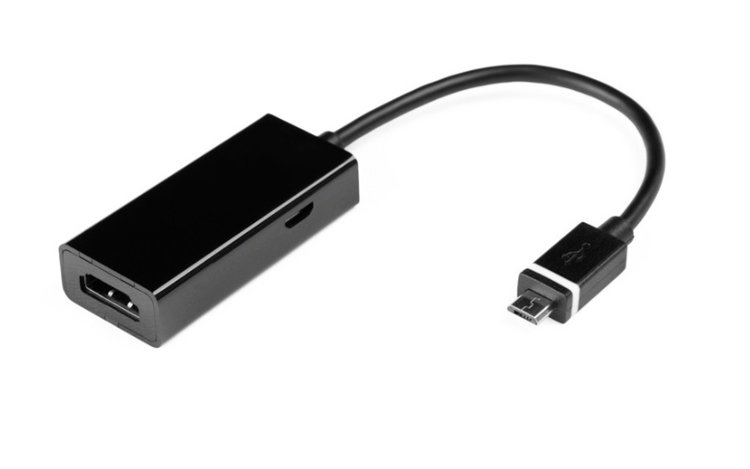
- MHL 1.0
- MHL 2.0
- MHL 3.0
- Super MHL
Check out the MHL website for a detailed review of all available versions and their specifications.
5. Resolution & Bandwidth
Let’s explore HDMI and MHL’s video quality and speed standards. We’ll also outline how these standards will affect your viewing/gaming experience.
Please note that the values listed below are the maximum supported values. If you’re using an older version of HDMI or MHL, you may not be able to achieve these video resolutions or speeds.
Maximum Resolution
HDMI
The maximum supported resolution for HDMI is 10K. However, few input sources and displays will support this resolution, so it’s unlikely you’ll be able to achieve it without specialized equipment.
MHL
The highest video quality MHL supports is 8K. While MHL’s maximum resolution is slightly lower than HDMI’s, both standards support Full HD and 4K, which are the most widely used resolutions.
Maximum Refresh Rate

While a display’s refresh rate (or frame rate) is not super important when watching content, it can affect your gaming experience.
A display’s refresh rate is measured in Hertz (Hz) and defines how quickly the screen refreshes. So, if you’re playing a game, you’ll want the screen to refresh as quickly as possible so that your commands are displayed on-screen.
HDMI’s maximum refresh rate is 240 Hz, while that of MHL is only 120 Hz, which is acceptable for gameplay and sports.
However, this can also be affected by resolution, not all resolutions support 120 Hz. For example, HDMI 1.4 can support 1080p at 120 Hz but 4K at 30 Hz.
Maximum Bandwidth
A cable’s bandwidth, which is measured in gigabits/megabits per second (Gbit/s or Mbps), defines how much data can be sent over the network per second. Typically, you’ll want cables with higher maximum bandwidths since more data will be transmitted faster.
To learn more about what bandwidth is and how it affects your user experience, check out Verizon’s article, What is Bandwidth?
HDMI
HDMI cables have a competitively high bandwidth with the HDMI 2.1a cable supporting 48Gbit/s.
MHL
MHL cables’ maximum bandwidth is 6Gbit/s, which is considerably lower than HDMI cables’ bandwidth.
6. Visual Technology
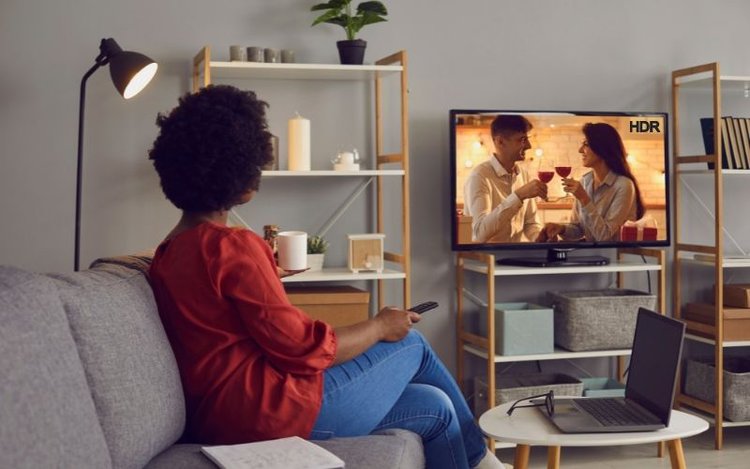
HDMI and MHL support HDR (or High Dynamic Range). This feature comes in handy when gaming as it increases the image’s contrast, making it appear more vibrant.
However, only HDMI supports HDR10+ and Dolby Vision. So if you’re looking for an exceptional visual experience, HDMI is the way to go.
7. Audio Technology
If an amazing audio setup is important for you, you’ll be more than pleased with either HDMI or MHL.
HDMI and MHL both support 8-channel surround sound, Dolby TrueHD/DTS-HD Master Audio, and Dolby Atmos, DTS:X.
While all of these functions are different, they do have one thing in common: they create an amazing auditory experience.
Your TV or any speaker, soundbar, etc., must also support these features to use them. You can check the sink device’s compatibility by checking the Audio or Sound section in its user manual.
You may also have to enable these features in the device’s settings.
8. HDCP
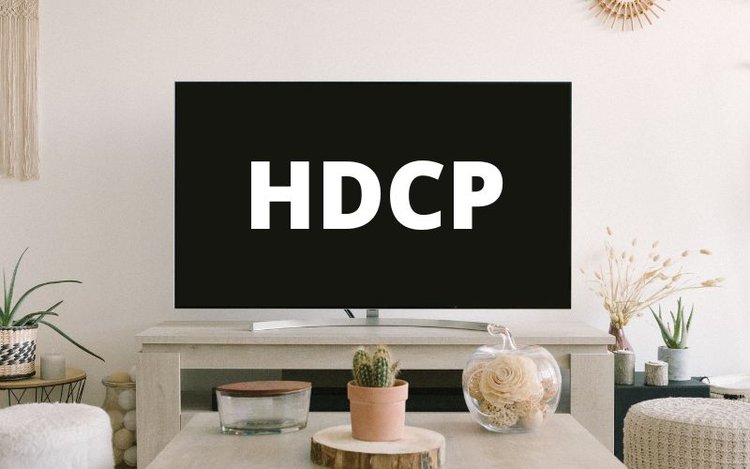
HDCP stands for High-bandwidth Digital Content Protection and ensures that you’re not illegally displaying any copyrighted content on a display. Some online streaming platforms, like Netflix, require HDCP-enabled cables.
Luckily, HDMI and MHL are HDCP 2.2-compatible. So, you’ll have no problem streaming your favorite shows on your TV from your smartphone.
To learn more about HDCP, what it is, and how it works, watch the video below.
9. Power Charging
Another difference between HDMI and MHL is their power charging capabilities.
Let’s learn about them!
HDMI
HDMI does not have any power charging capabilities. This means that to charge your input source device, you will have to connect it to power with another cable.
MHL
The great thing about MHL cables is that they usually connect to your device’s charging port, and can charge it while it displays its screen.
MHL supports up to 40 Watts of charging power, which is enough to charge your phone. This is extremely convenient since connecting your smartphone to your TV to stream content quickly drains your phone’s battery.
Wrapping Things Up
While HDMI and MHL ports may look similar and both make use of TDMS tech, they are quite different in practice.
HDMI is used to connect HDMI-compatible laptops, gaming consoles, streaming devices, sound bars, etc., to your TV/projector. On the other hand, MHL connects portable electronics (e.g. smartphones and tablets) to MHL-compatible displays.
HDMI supports a higher resolution than MHL, but both standards boast a refresh rate of 120Hz.
However, only MHL supports power charging, which comes in handy when streaming content from your phone for long periods.
Remember, your smartphone/tablet must support MHL to be connected to a display with an MHL cable.
Did you know the difference between HDMI and MHL? What’s your experience connecting your smartphone/tablet to a display using MHL?
Let us know in the comments below!
Yesenia Achlim is a technical copywriter and editor with a focus on AV equipment. She aims to break down complicated topics and make technology accessible, no matter your technical expertise. When she’s not teaching you how to replace a projector lamp, you can find her reading and baking.


